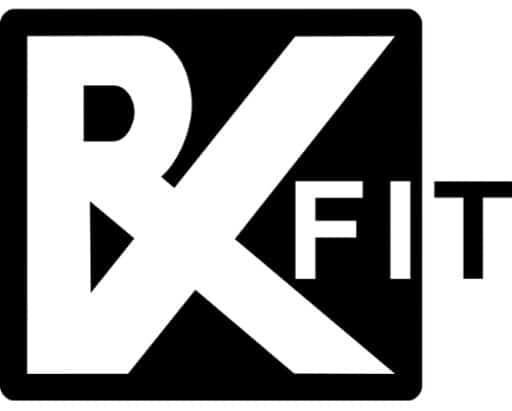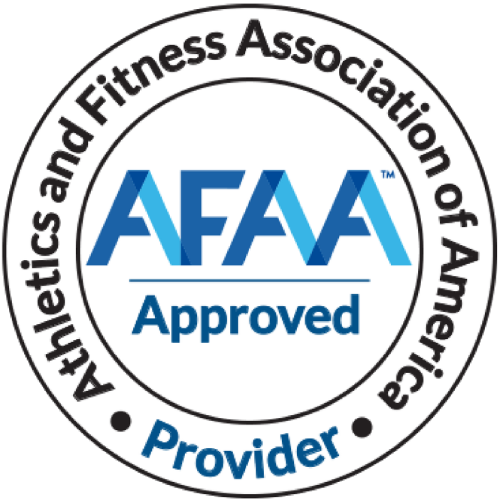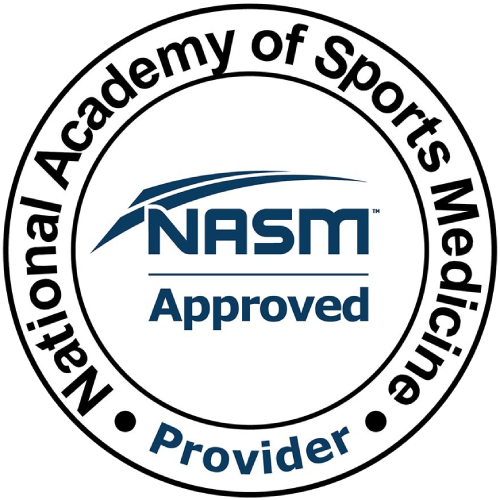If you’re an avid sports enthusiast, then you know that the thrill of the game can come with a price. You’re in the middle of an intense game or workout when suddenly, you experience sharp pain. You worry that you may have to sit on the sidelines for weeks or even months. But with the correct at-home care, you can be back in the game sooner than you think.
From the moment of injury to the days and weeks of rehabilitation, there are certain things you can do to ensure a speedy recovery. In this blog post, we’ll share some of the best at-home care tips for sports injury treatment.
Sports Injury Prevention Exercises
The best way to avoid a sports injury is to prevent it from happening in the first place. There are certain exercises you can do that will help strengthen your muscles and joints, making them less susceptible to injury.
Some great exercises for preventing sports injuries include:
Jefferson Curls
This sports injury prevention exercise works by targeting the back, shoulders, and knees. It’s effective in targeting the muscles and joints that are most susceptible to injury and is one of our favorite exercises. The goal is to sync the entire posterior chain (calves, hamstrings, glutes, low back, lats, traps) so that the long connection along the backside of the body is involved with most biomechanical actions that we see in sports. Mobilizing and strengthening this chain will reduce injury risk and improve physical performance.
Pec Lever Stretch
This exercise is great for preventing shoulder injuries. It helps to stretch and strengthen the muscles around the shoulder joint, making them less likely to be injured. As well as improving spinal mobility from the pelvic twist and opening hips. All of this allows the body to take more impact without causing compression pain points in the low back or shoulders.
Kickback Crossovers
Known for boosting energy levels while preventing shoulder injuries, the Kickback Crossovers is a great exercise to add to your routine. It increases the freedom of movement of your hip flexors while also strengthening your core.
Check out our complete guide on sports injury prevention exercises on how to carry out each exercise.
Immediately After Injury
If you do experience an injury, it’s important to take the proper steps immediately after it happens. The few moments after an injury is precious time that can either make or break your recovery.
A popular and effective method for treating sports injuries is the RICE method. This stands for rest, ice, compression, and elevation.
Here’s a quick breakdown of the RICE method:
Rest
Resting the injured area gives it time to heal and helps to prevent further damage. Due to the injury, the area will be vulnerable and if you continue to put a strain on it, you may do more harm than good. Resting includes not utilizing that body part for any type of activity.
Ice
Applying ice to the injured area helps to reduce inflammation and pain. It’s important to not apply ice directly to the skin, but rather wrap it in a thin towel. Ice should be applied for 15-20 minutes at a time and can be done several times a day.
Compression
Using a compression wrap or bandage helps to support the injured area and prevent further swelling. The wrap mustn’t be too tight as this can cause additional pain. Instead, give your compression adequate space for any swelling while still keeping that body part in place and providing support.
Watch out for tingling or numbness as this can be a sign that the wrap is too tight and you’re compressing a nerve.
Elevation
Elevating the injured area above your heart helps to reduce swelling. This can be done by propping up the area with pillows or blankets. When you do this, body fluids will drain away from the injured area, helping to reduce swelling.
In addition to the RICE method, it’s also important to consult with your medical doctor. A medical doctor can help to determine the extent of the injury and if there’s any further damage. They will also help keep an eye out for warning signs of severe injuries, such as:
- Severe pain
- Numbness or tingling
- Swelling
- Fever
- Crunching sounds when moving the affected area
- Visible deformities
If you experience any of these symptoms, it’s important to seek medical attention immediately.
Sports Injury Treatment: Corrective Exercises
In addition to consulting with your medical doctor, it’s also important to consult with your personal trainer. Working with a personal trainer who is certified National Academy of Sports Medicine (NASM) and who specializes in corrective exercises can do wonders for your recovery and injury prevention. These exercises help to correct any imbalances in your muscle strength or flexibility that may have contributed to the injury. Corrective exercises are important because they help to prevent further injuries from occurring.
However, these corrective exercises take place after the healing period has ended. Also, it plays a vital role in bolstering your recovery and is a primary contributor to sports injury treatment.
Check out our full guide on sports injury corrective exercises for more information.
Foods to Help With Sports Injury Treatment At Home
While exercise can do wonders, we should never neglect diet for your at-home sports injury treatment. Eating a balanced diet helps to reduce inflammation, speed up the healing process, and improve your overall health.
Some of the best foods to eat when recovering from a sports injury include:
Omega-three fatty acids
These are found in fish and nuts, such as salmon, tuna, and chia seeds. They can help to reduce inflammation and support the healing process.
Protein
Protein is essential for repairing damaged tissue. Good sources of protein include chicken, eggs, and legumes.
Green leafy vegetables
Green leafy vegetables are high in antioxidants and help to reduce inflammation. Some good options include spinach, kale, and broccoli.
Vitamin C
Fruit is high in vitamins such as Vitamin C, which are essential for the healing of collagen found in tendons, ligaments, and blood vessels. Add strawberries, blueberries, and citrus fruit to your diet.
Work With A Trained Mobile Personal Trainer For Your Sports Injury Treatment
Sports injuries are never fun, but with the right at-home treatment, you can be on your way to recovery in no time. Be sure to follow the RICE method, consult with a medical doctor and personal trainer, and eat a balanced diet. These tips will help you get back to your best self in no time!
If you need a trained mobile personal trainer who specializes in injury prevention and corrective exercises, contact us today! We at Rx Fit can help you get on the road to recovery and prevent further injuries from occurring.
Book Your Free Assessment Today!


